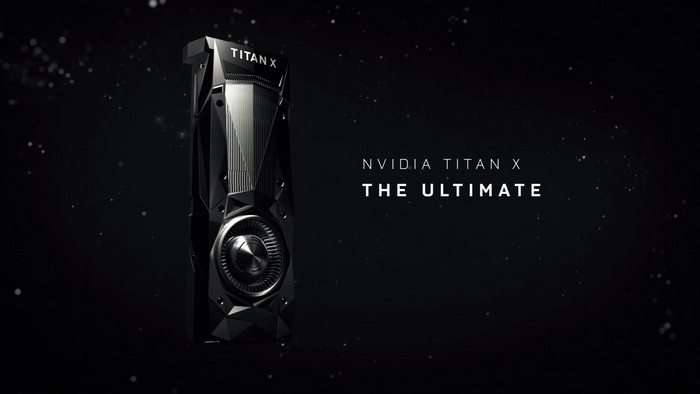Nvidia today revealed its new flagship model, Titan X (Pascal). The card looks incredible, with an insane amount of vRAM, a huge number of CUDA cores, and clock speeds worthy of respect. But, how does it compare to the current most powerful card from Nvidia (Titan X still isn’t released), GTX 1080?

First, let’s talk about the sheer number of transistors packed on a chip. GTX 1080 has 7.2 billion transistors packed on its chip; Titan X, on the other hand, has 12 billion. Yeah, you read it right, Nvidia managed to pack almost five billion more transistors on the new Titan X; even compared to the previous generation of Titan X, which has 8 billion transistors, this is an incredible result.
GTX 1080 has 2560 CUDA cores, which looks awesome until you realize that the new Titan X is equipped with a whopping 3584 CUDA cores; an increase of 40 percent!
The computational power of GTX 1080 is 9 TFLOPs; Titan X should offer 11 TFLOPs, meaning that the new flagship will have more than 20% more power than GTX 1080. Titan X features 12 gigs of vRAM running at 10 GHz, while GTX 1080 has “only” 8 gigs running on also on 10 GHz. But, Titan X has a 384-bit memory bus, allowing it to achieve a bandwidth of 480 GB/s, while GTX 1080 can go up to 320GB/s since it has 265-bit memory bus.

Clock speeds are relatively similar. Titan X runs on a base clock of 1417 MHz, while boost clock goes up to 1531 MHz. GTX 1080 runs at 1607 MHz with a Boost clock of 1733 MHz; higher than Titan X, but nevertheless not enough to be faster.
Titan X has a nice TDP if we count its power. With just a 250W, it can be powered with one 8-pin and one 6-pin power connector. GTX 1080 has a TDP of 180W and is powered with one 8-pin connector, also an incredible result.
And for the end, let’s compare prices. GTX 1080 can be found on Amazon for as low as $699, while the new Titan X will cost $1200. Yes, exclusivity is a part of the price, but since Titan X is around 20% more powerful, a price that’s more than 70 percent higher is just too high.
